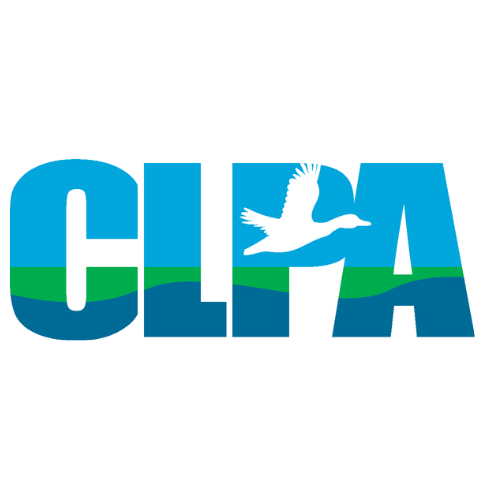Unmasking PFAS: The Invisible Threat in Your Household and the Power of Consumer Choice
By Tanya Donnelly
A little different topic but has a huge impact on the lakes and ponds that are drinking supplies for our towns. In an era where the invisible can pose the most significant threats, a new contender has emerged from the shadows: Perfluoroalkyl and Polyfluoroalkyl Substances, commonly known as PFAS. These persistent pollutants, numbering over 4,000, have silently infiltrated our lives since the 1940s, hiding in plain sight in everyday products from non-stick cookware to water-resistant apparel, and even in our cosmetics, food packaging, and cleaning products.
In partnership with The Southern NH Chamber, we recently hosted an enlightening session on PFAS in New Hampshire's drinking water, revealing the unsettling prevalence of these substances. The full video can be accessed here: https://bit.ly/3AksLlR.
PFAS are not just durable; they are virtually indestructible, resisting degradation and persisting in our environment. But their resilience comes at a cost. Certain PFAS are bio-accumulative, silently building up in our bodies over time through ingestion via contaminated drinking water or food.
The New Hampshire Department of Environmental Services (NHDES) is on the front lines, battling the PFAS invasion in our drinking water. However, the recent EPA rule to regulate PFAS in drinking water above 4 parts per trillion presents an unattainable economic challenge. More to come on this for future articles.
While government and environmental agencies grapple with the monumental task of determining safe PFAS levels in drinking water, we, as consumers, hold a potent weapon in our hands: our buying power. By consciously choosing PFAS-free products, we can contribute to the fight against these persistent pollutants. A list of recommended PFAS-free brands can be found here: https://bit.ly/3X1bnvv. But the responsibility doesn't end at the checkout counter. Consumers are urged to contact manufacturers directly to confirm the absence of PFAS in their products. As research continues and guidance for manufacturers regarding PFAS evolves, consumers should remain vigilant, checking for PFAS-free labels and inquiring about specific ingredients.
The tide is turning. As awareness of the risks associated with PFAS grows, more companies are transitioning towards offering PFAS-free products. But to accelerate this process, we need to wield our consumer buying power wisely. By choosing PFAS-free products, we can help curb this growing issue in our drinking water.
The fight against PFAS is not just a battle for environmental agencies; it's a call to arms for every consumer. It's time to pay attention to what we buy, for the invisible threat could be lurking in our shopping carts.

